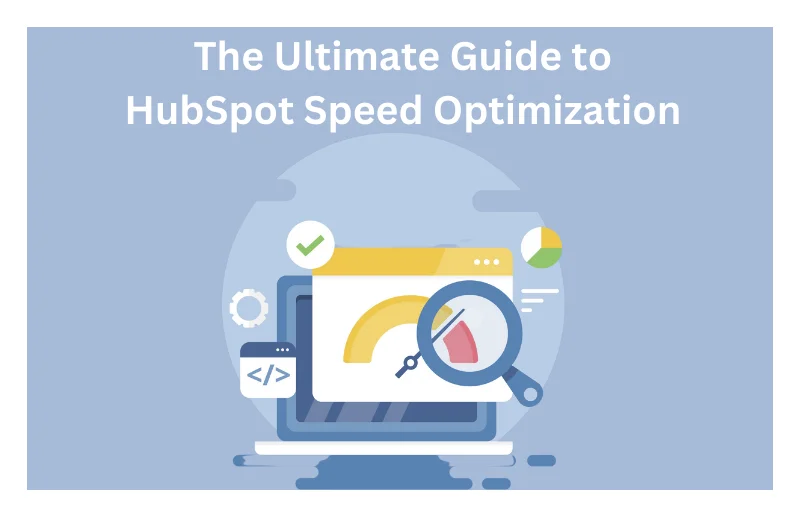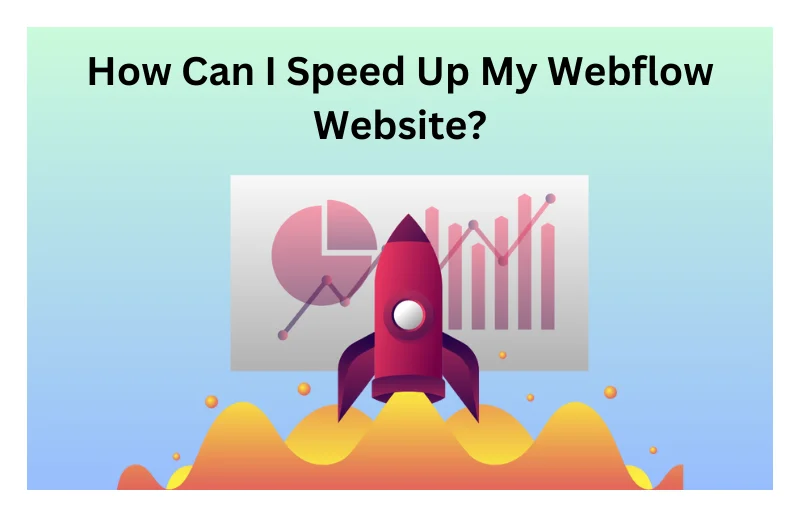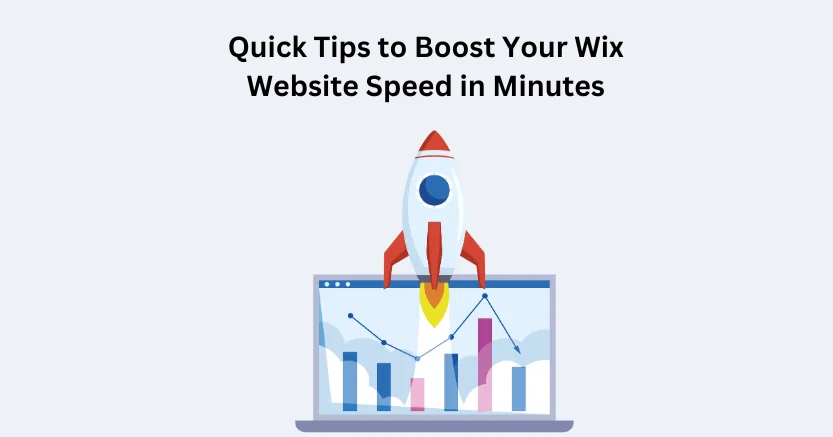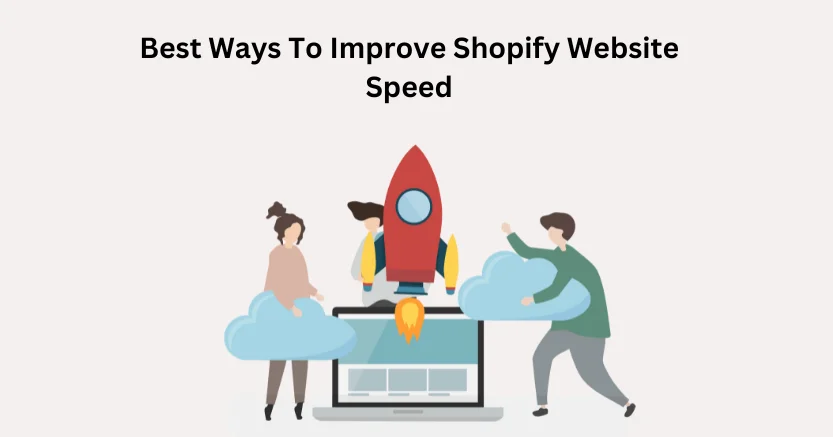1. Introduction
HubSpot is a leading inbound marketing and sales platform that offers a range of tools to help businesses attract, engage, and delight customers. One of the key aspects of HubSpot is its Content Management System (CMS), which allows businesses to create and manage their websites. In this section, we will provide an overview of HubSpot CMS and its impact on website speed. Additionally, we will introduce you to HubSpot’s speed optimization features, which can help improve your website’s performance and ensure a seamless user experience.
All HubSpot websites should prioritize speed. Determining what constitutes a fast website in today’s digital landscape can be challenging. Measuring site speed is crucial, as is finding ways to enhance the performance of your HubSpot website. Website speed is a multifaceted concept, with numerous factors contributing to its achievement.
In this comprehensive guide, we will delve into the crucial topic of website speed and why it is important for your online success. We will explore the impact of slow loading speeds on user experience and conversions, shedding light on the significance of optimizing your website’s speed. Additionally, we will introduce you to HubSpot, a powerful platform that offers various HubSpot speed optimization features to enhance your website performance. So, let’s dive in and discover the ultimate strategies for optimizing your HubSpot website speed!
2. Why is Website Speed Important?
A fast website provides visitors with a positive user experience, while a slow website does not. People dislike waiting, especially because it leads to a poor user experience. The speed of a website is closely linked to its conversion rate. Several studies have shown that every additional second of loading time can result in financial losses. Therefore, slower speeds lead to lower conversion rates, whether it’s for signing up for a newsletter or making a purchase.
In a 30-day mobile device study on conversion rates, it was found that the highest conversion rates occurred at approximately 2.4 seconds of page load time. After that, the conversion rates dropped by around 25% for each additional second.
Even Google favors fast websites. Speed is a ranking factor and directly affects search engine optimization (SEO).

Want to read this blog offline?
No worries, download the PDF version
now and enjoy your reading later…
 Download PDF
Download PDF 3. Impact Of Slow Loading Speeds on User Experience and Conversions
Slow loading speeds can have a significant negative impact on user experience and conversions. Research shows that users expect websites to load within a few seconds, and any delays beyond that can lead to frustration and abandonment. In fact, a one-second delay in page load time can result in a 7% reduction in conversions.
Slow loading speeds not only affect user experience but also impact your search engine rankings. Search engines like Google consider page speed as a ranking factor, and slower websites are often penalized with lower rankings. This means that slow loading speeds can have a direct impact on your organic traffic and visibility.
4. Understanding HubSpot Speed Optimization
To optimize the speed of your website in HubSpot, it’s essential to have a good understanding of the HubSpot CMS and its impact on website speed. The HubSpot CMS (Content Management System) is designed to provide a user-friendly interface for managing and updating website content. However, the way your website is built and the content you have can affect its loading speed.
5. Key Factors Affecting Website Speed in Hubspot:
Several factors can influence the speed of your website in HubSpot. These include the size and complexity of your website, the number of images and videos used, the use of third-party integrations, and the overall code structure. It’s crucial to identify these factors and take the necessary steps to optimize them for better performance.
6. Analyzing Website Performance Using Hubspot’s Speed Optimization Tools:
HubSpot provides a range of speed optimization tools that can help you analyze and improve your website’s performance. These tools allow you to identify any bottlenecks or issues that may be slowing down your website and provide actionable insights to address them.
One of the most popular ones is Website Speedy. This ecommerce website speed optimization tool provides detailed insights into the performance of your web pages, highlighting areas that need improvement. It offers recommendations on optimizing images, minimizing CSS and JavaScript files, and leveraging browser caching. Not only this, but this tool also gives you an overall picture of your website’s speed and performance. It provides a score based on various factors and offers suggestions to improve loading speeds.
Furthermore, this tool helps you optimize your website’s assets, such as images, CSS, and JavaScript files. It automatically compresses and minifies these assets to reduce their size and improve loading speeds. By leveraging these speed optimization tools, you can identify and address any performance issues, resulting in a faster and more user-friendly website.
7. Tips for Optimizing Website Speed in HubSpot
Choosing a lightweight HubSpot theme or template:
When selecting a theme or template for your HubSpot website, opt for lightweight options that are designed for speed. These themes are usually optimized for performance and have minimal code, resulting in faster load times. Look for themes that prioritize clean design and minimal functionality to ensure a swift browsing experience for your visitors.
Optimizing images for faster loading times:
Images are often the main culprits behind slow loading times. To improve speed, make sure to optimize your images appropriately. HubSpot provides a built-in image optimization tool that allows you to resize and compress your images without sacrificing quality. By reducing the file size of your images, you can significantly improve load times without compromising on visual appeal.
Minifying CSS and JavaScript files in HubSpot:
Minifying CSS and JavaScript files involves eliminating unnecessary characters and whitespace, reducing the size of these files. This process helps to improve load times by reducing the amount of data that needs to be transferred to the visitor’s browser. HubSpot offers automated minification options, making it easy to optimize your CSS and JavaScript files without any technical knowledge.
Leveraging browser caching and content delivery networks (CDNs):
Implementing browser caching and utilizing content delivery networks (CDNs) can dramatically improve website speed. Browser caching allows visitors to store certain files locally, reducing the need to fetch them from the server on subsequent visits. CDNs, on the other hand, distribute your website’s static files across multiple servers worldwide, ensuring faster delivery to visitors based on their geographical location.
Implementing lazy loading for images and videos in HubSpot:
Lazy loading is a technique that defers the loading of non-essential content, such as images and videos, until they are visible on the user’s screen. By implementing lazy loading in HubSpot, you can speed up initial page load times and improve overall performance. HubSpot provides built-in options for lazy loading, allowing you to optimize the loading of media elements without any additional coding.
8. Best Ways for Improving HubSpot Page Load Time
Evaluating and optimizing HubSpot page elements for speed:
Evaluate your HubSpot pages and identify elements that may be slowing down their load time. This includes removing unnecessary widgets, reducing the number of embedded media elements, and optimizing the placement of scripts and tracking codes. By streamlining your page elements, you can significantly improve load times.
Reducing server requests and HTTP requests in HubSpot:
Minimizing the number of server requests and HTTP requests is crucial for improving page load time. Combine or eliminate unnecessary files, such as CSS and JavaScript, to reduce the number of requests made by the visitor’s browser. HubSpot’s file manager allows you to manage and consolidate your files efficiently.
Utilizing HubSpot’s caching options for faster page loads:
HubSpot offers caching options that can be enabled to cache certain elements of your website, such as CSS files and images. Caching stores a copy of these files on the visitor’s device, allowing for faster subsequent page loads. Take advantage of HubSpot’s caching features to optimize your website’s performance.
Ensuring mobile responsiveness and fast loading on mobile devices:
With the increasing number of mobile users, it is crucial to prioritize mobile responsiveness and fast loading times for mobile devices. HubSpot provides responsive design options that automatically adjust the layout and content based on the device used to access the website. Optimize your HubSpot pages for mobile devices to provide a seamless browsing experience for mobile users.
Lightning-Fast Hubspot Pages, Heavier Pockets: Get Started!
Boost Hubspot Speed Now9. Advanced HubSpot Speed Optimization Techniques
Implementing AMP (Accelerated Mobile Pages) in HubSpot:
One of the most effective ways to improve the mobile browsing experience on your HubSpot website is by implementing AMP. Accelerated Mobile Pages are lightweight versions of web pages that load almost instantly on mobile devices. By integrating AMP into your HubSpot site, you can significantly reduce page load times and provide a seamless experience for your mobile users.
Customizing HubL code and templates for improved performance:
HubL is HubSpot’s proprietary templating language. By customizing the HubL code and optimizing your templates, you can optimize the performance of your HubSpot website. This includes minimizing code, reducing unnecessary queries, and optimizing image sizes. These small changes can have a big impact on your website’s speed.
Deferring non-critical scripts and styles in HubSpot:
Scripts and stylesheets play a crucial role in the functionality and design of your HubSpot website. However, they can also slow down your page load times if not optimized correctly. By deferring non-critical scripts and styles, you prioritize the loading of essential elements, allowing your pages to load faster and this further can easily be achieved by using full-proof techniques such as lazy loading and asynchronous loading.
Monitoring and optimizing HubSpot website speed using third-party tools:
To ensure that your HubSpot website is always performing at its best, it is essential to monitor and optimize its speed regularly. There are various third-party tools available that can help you track your website’s performance metrics, identify areas for improvement, and optimize your HubSpot site accordingly. One of the popular tool is Website Speedy. It is a SaaS-based tool that can easily improve your website speed by eliminating render-blocking.
Conclusion
In conclusion, HubSpot speed optimization plays a crucial role in enhancing user experience, increasing website performance, and improving search engine rankings. By implementing the actionable tips discussed in this guide, such as optimizing images, reducing HTTP requests, and leveraging browser caching, businesses can significantly improve their website speed in HubSpot.
It is important to regularly monitor and analyze website performance to identify areas for improvement and stay up-to-date with HubSpot’s speed optimization features. Ongoing optimization will ensure that your website remains fast and efficient, providing visitors with a seamless browsing experience and ultimately driving better results for your business.
Discover Website Speedy, the ultimate platform for optimizing your Hubspot speed. Maximize your website’s performance with Website Speedy today!
July 17, 2023
Leave a Comment
















































